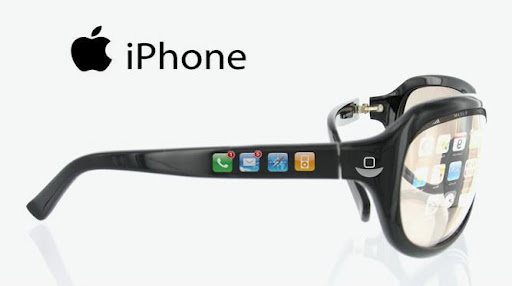Retail, the way your parents knew it, is so archaic compared to what digital natives have grown accustomed to. Lightyears away from how JC Penney, the fallen retail titan used to operate, today’s shops need to meet expectations from increasingly sophisticated buyer personas and cope with the onslaught of competition from online and other brick-and-mortar stores. AI (Artificial Intelligence), IoT (Internet of Things) and Virtual Reality have encroached throughout the buying cycle – from advertising to point-of-sale and delivery; all intended to make the process faster, more efficient, and more profitable.
AI giants like (Intel, Amazon, and even Salesforce) promise unlimited possibilities and they may be right! According to Intel, “Younger people love in-store shopping, but they’ll look elsewhere if the experience isn’t tailored to their digital needs.” With the help of analytics and AI, retailers are now able to tailor-fit their products and services to make the in-store buying experience personalized, faster, and more convenient for consumers. The battle between online and in-store sales is an ongoing one and current buyers prefer more interaction prior to culminating the transaction. The ultimate goal is of course to get the best deals and this they do as they navigate store aisles while surreptitiously checking their smartphones for the best buy. Online stores are setting the bar for discounted items and even offer fast, reliable, and sometimes free delivery.
“Physical retail spaces need to focus on facilitating experiences that can’t be replicated in an online setting.” —
Shepherd Laughlin (J. Walter Thompson)
According to Intel, the crux of the matter is to change the way in-store retailers do business so they can cater to the “new breed of buyers accustomed to online shopping.” Aside from providing a “smart store” they also need to create or re-create experiences unique to the physical store. For instance, eye-tracking and brainwave tracking technology are used to arrange merchandise so that buyers are one step closer to buying. This technology leverages on the emotional response to colors, patterns, and images to predict preferences. Tactile and other sensory experiences can’t be replicated online and remain as a distinct advantage, especially for buyers who are wary of online reviews and want to make sure that “what you see is what you get”.
Even store layout is now VR assisted to make merchandise more attractive to potential buyers. But prior to even stepping into the store, websites educate, push branding, and engage. Physical stores and warehouses have a system that combines AI, IoT, VR and robotics to make product selection faster with electronic shelves, inventory tracking sensors and the like. In fact, automated carts at Amazon Go takes the headache out of checking-out by automatically tracking purchases.
“allowing rapid prototyping (through VR) means that retailers can drive the bottomline with faster, better decisions” – Mark Hardy, CEO intext solutions
Over $28B has been invested in AI recently with a huge chunk spent on efforts to prevent flagship stores, retailer chains, and major brands from going bankrupt.
Investors have poured over $28B into AI over the past 3 years. On the other hand, dozens of brick-and-mortar retail chains have gone bankrupt, and leading retailers have closed thousands of stores. Injection of AI into operations have affected many aspects of physical retail in an attempt to make services more customized – we see AI in machine analysis of customer behavior, chat support bots on store websites, predictive inventory, machine vision for identifying buyers, automated checkouts, shopper analytics and more. AI will enable stores to interpret big data to solve problems like theft prevention and supply chain management, facilitate conversions arising from visual search, and improve the way of doing business online and offline in every aspect of the product and service cycle. The possibilities are indeed endless.
Video Credits: Intel and Monimedia















